Trigger Warning: This article contains mention of sexual abuse.
Florence Pugh certainly has a penchant for psychological horrors—after Don’t Worry Darling, her newest release is Netflix’s The Wonder. This film deals with Anna, a Victorian girl who claims to have not eaten for the last four months and soon becomes quite famous for it.
Pugh’s Lib is set up with the task of uncovering the truth behind this situation. So what does she find out? How does the movie end?
Lib finds out that Anna’s mother blames her for her brother’s death and has forced Anna to starve herself as “penance” for it. At the end, Lib fakes Anna’s death and takes her away to Australia where they can start a new life.
I bet you still have a lot of questions about the movie, including how Anna was able to survive and that peculiar scene at the end of the film. Here are all your queries answered:
1. Was Anna really fasting? How did she survive without food?
No, Anna hadn’t been fasting for four months, as her family was secretly feeding her.
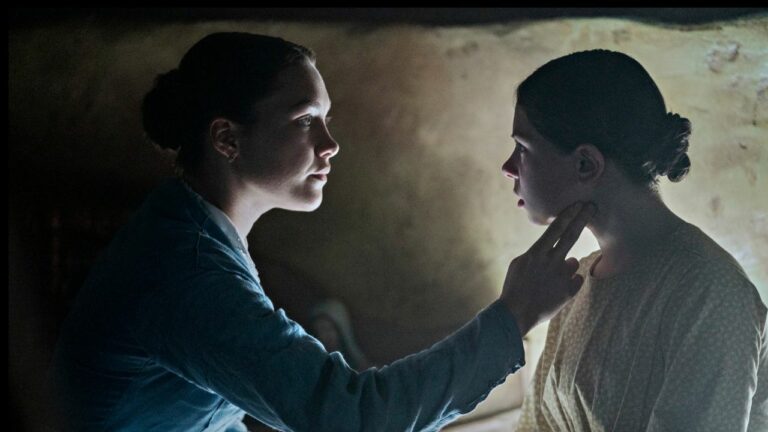
For more than half of the movie, the audience along with Lib tries to figure out how Anna has continued to live (that too, seemingly quite healthily) without consuming a single morsel of food.
The answer comes to Lib in a moment of epiphany: When asked if she eats anything at all, Anna always answers with, “Manna from heaven.” On another occasion, Anna’s mother’s morning and night kisses to her daughter are labeled as “sacred.”
Lib puts two and two together realizing that Anna’s mother has been feeding her food through the kisses they share.
The family has Anna convinced that this form of consuming food isn’t really “eating, ” with an unsaid pact that she shouldn’t reveal this to anyone.
2. Why did Anna fast/starve herself? Is it connected to religious reasons?

Granted that Anna was consuming food, but it was too small an amount to count as actual nourishment. The process of starving for the rest of the day, accompanied by the number of prayers she said, did come across as penance for a “sin” she may have committed.
Lib prods into this deeper, asking Anna why she was fasting and questioning her deeply religious practices. After winning her trust, Anna finally reveals that her older brother had repeatedly raped her when she was nine, but then died of a mysterious illness.
Anna’s mother blamed her for his death and convinced her of the same, indicating that only through Anna’s fasting and prayer could her brother escape hell. This is why Anna continued to starve herself even if it meant slowly dying.
3. Does Anna die at the end of The Wonder?
Thankfully, Anna does not die at the end. Her condition is quite grim, and Lib knows that she has to be rescued before it’s too late.

When the O’Donnells go to church, Lib reasons with Anna—what if “Anna” died, her penance accepted and was rewarded with a new life? What if Anna can go back to being nine years old before any of the bad things happened?
Anna, who is now quite delirious from the lack of food, accepts that it is possible for her to come back as a new girl named, “Nan”—a name that Lib previously called her.
Lib takes her to the clootie well, where Anna appears to have breathed her last. We are left suspended for a moment wondering if Anna really died, with all hope lost. Thankfully, Anna slowly opens her eyes, believing herself to now be Nan.
Lib feeds her some food, after which she goes to the O’Donnells’ house and burns it down. Following that, Lib convinces everyone that Anna actually died in the fire.
In reality, Lib, William, and Nan decide to be a family together and sail off to Australia to start a new life. The last shot of Anna is her taking tentative bites of a scrumptious feast laid on the table.
4. Who is the woman that appears at the end of The Wonder?
Kitty O’Donnel, Anna/Nan’s older sister, is the woman who appears at the end of The Wonder. She’s also the narrator of the film.

The Wonder begins with a very peculiar meta scene, where we see the set of the film slowly pan into what will be the first “proper” scene of the film.
It ends the same way, where after depicting the film’s “last” scene, the camera pans to reveal the set where the scene is shot. Standing there is Kitty O’Donnell, who has been narrating the whole film.
This meta element was used in the film to drive home the point that “We are nothing without stories.” Niamh Algar, who plays Kitty, stated that this helped illuminate that it is through stories that we make sense of the world, and sometimes it is cleverly constructed stories that even set the course of history.
Ironically, throughout the film, it is Kitty who is portrayed to be not fully literate but nonetheless makes an effort to keep learning.
5. Is The Wonder based on a real-life incident?
While The Wonder is not based on a single real-life story, it is inspired by the real-life concept of “fasting girls”, prevalent during the Victorian era. During this time, quite a few cases sprung up about girls who would starve themselves for extended periods of time and claimed they gained special abilities.

The film’s setup, where Lib goes to conduct a scientific observation on Anna, does mirror the case of a Welsh girl, Sarah Jacob, who was observed by two nurses. While the more intricate details of the story differ, Sarah, just like Anna, was secretly fed.
Sadly, because Sarah couldn’t be secretly fed when the nurses were watching her, she died due to starvation.
The Wonder highlights the themes of Christian faith, mysticism, and unusual medical phenomenon that made these fasting girls so popular. Many of these girls would either receive paying visitors on their own or would be put on exhibition by commercial companies.
Unfortunately, it is deduced that most of these girls succumbed to fasting themselves due to suffering from anorexia, to gain fame or simply because of religious superstitions.
6. About The Wonder
The Wonder is a 2022 psychological period drama film directed by Sebastián Lelio with a screenplay by Lelio, Emma Donoghue, and Alice Birch. It is based on the 2016 novel of the same name by Donoghue.
It follows Lib, an English nurse, who is sent to an Irish village to observe Anna, a young girl who claims to be able to survive without eating. The story is inspired by the real-life phenomena of the Victorian Fasting Girl.
The cast is made up of Florence Pugh, Kíla Lord Cassidy, Tom Burke, Niamh Algar, among others.
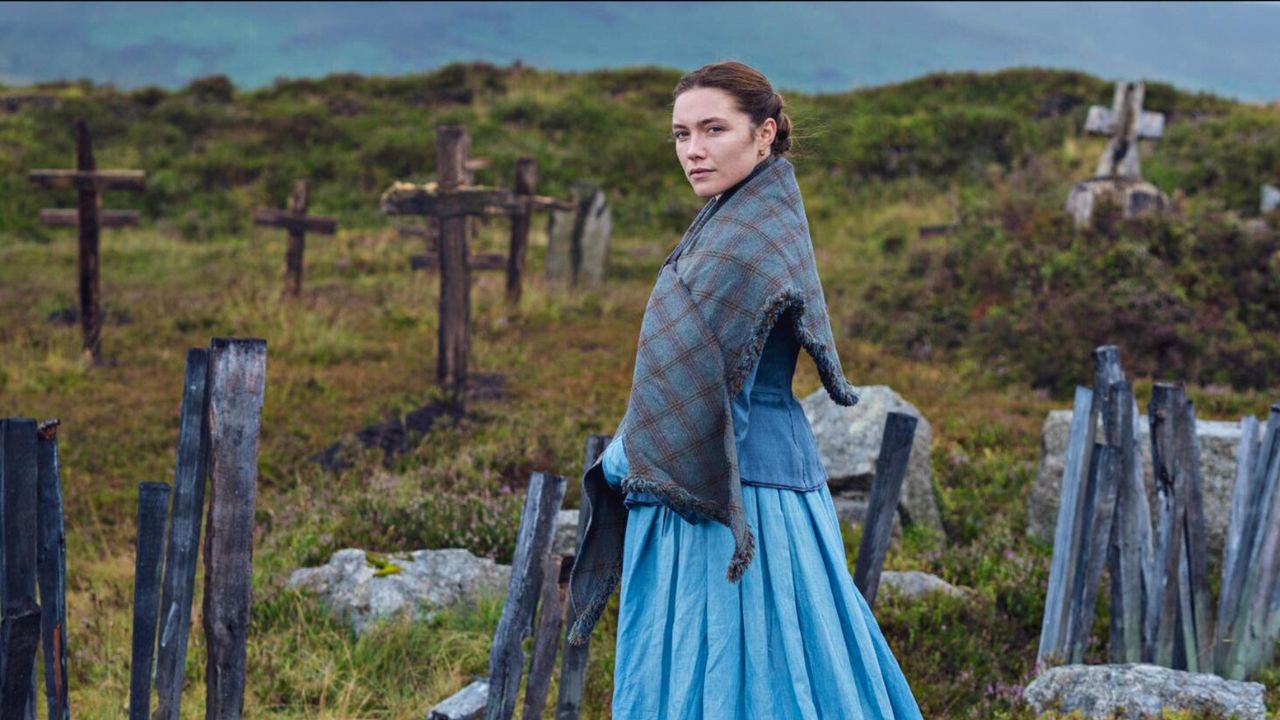

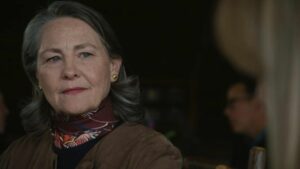
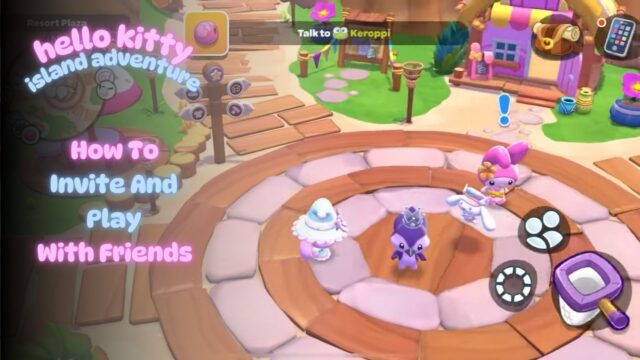


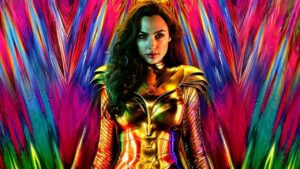
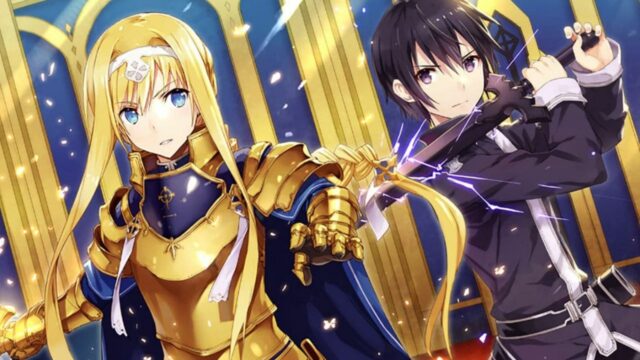
No Comments on The Wonder Ending and the Connection to Real-Life “Fasting Girls” Explained